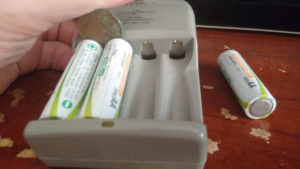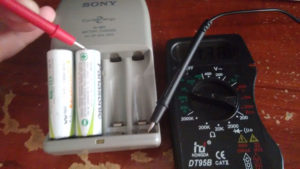Some years ago I developed interest in guitar pedal effects and stompboxes in general. Built a Woolly Mammoth that I learned a lot on the subject, then soon after a bunch of TubeScreamer Clones. I did it for personal use and to give to friends. Just as I started the TS projects, a long time fella presented me the Swollen Pickle MkII, a modified version of the famous Big Muff Pi.
The MkII version didn’t had any schematics or PCB layout on the internet. I only found a veroboard version of it, I really don’t like the veroboard layouts because they are clumsy and big. For the first time I used EagleCAD Software and tried to reverse engineer the layout back to the schematics. While still looking for more information I found a discussion with a non tested schematic and suggestions over that one. No working pcb layout though, so I continued to draw the schematic.
After I finished the schematics I started the board layout, like the schematic, I never did it before. It was a completely new experience for me, a mix of trial and error until everything fits on the board. With the finished board layout I had one more step: the enclosure.
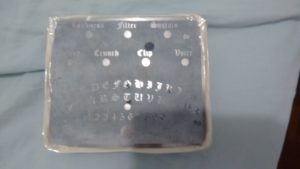 After some measurements I chose a Hammond 1590XX for the enclosure and the aluminium etching method. I used the same tone transfer method as used for the PCB, but I ended up using caustic soda instead of ferric chloride. I had some bleeding on the edges because I used tape to mask and some bleeding where the toner didn’t transferred properly, maybe next time I will seal everything with nail polish and use ferric chloride instead.
After some measurements I chose a Hammond 1590XX for the enclosure and the aluminium etching method. I used the same tone transfer method as used for the PCB, but I ended up using caustic soda instead of ferric chloride. I had some bleeding on the edges because I used tape to mask and some bleeding where the toner didn’t transferred properly, maybe next time I will seal everything with nail polish and use ferric chloride instead.
 With the corrosion done, I sanded everything, painted the bas-relief with black spray, sanded again and applied varnish. I drilled it with my power drill, using one spade bit to start all holes(just the tip) and then used a step cone drill bit to the right size.
With the corrosion done, I sanded everything, painted the bas-relief with black spray, sanded again and applied varnish. I drilled it with my power drill, using one spade bit to start all holes(just the tip) and then used a step cone drill bit to the right size.
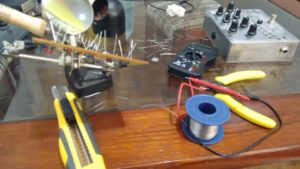 Nothing new with the PCB and Pedal assembly. I chose a super bright green LED as status indicator. It gives nice touch to the pedal, but ruined the video.
Nothing new with the PCB and Pedal assembly. I chose a super bright green LED as status indicator. It gives nice touch to the pedal, but ruined the video.
To the video I just downloaded some bass DI tracks over the internet and reamped them using the pedal.
Conclusion:
 It was a long and complex project for me. If I had the opportunity to redo anything today I would test the aluminium etching on a small scale first. The Eagle CAD part was tiring, but insightful. As for the video the LED ruined it, but I was so tired and wanted to publish something, so I didn’t record another take.
It was a long and complex project for me. If I had the opportunity to redo anything today I would test the aluminium etching on a small scale first. The Eagle CAD part was tiring, but insightful. As for the video the LED ruined it, but I was so tired and wanted to publish something, so I didn’t record another take.
You can download the used Eagle files, ready to transfer pcb layout and partlist on my GitHub repository.
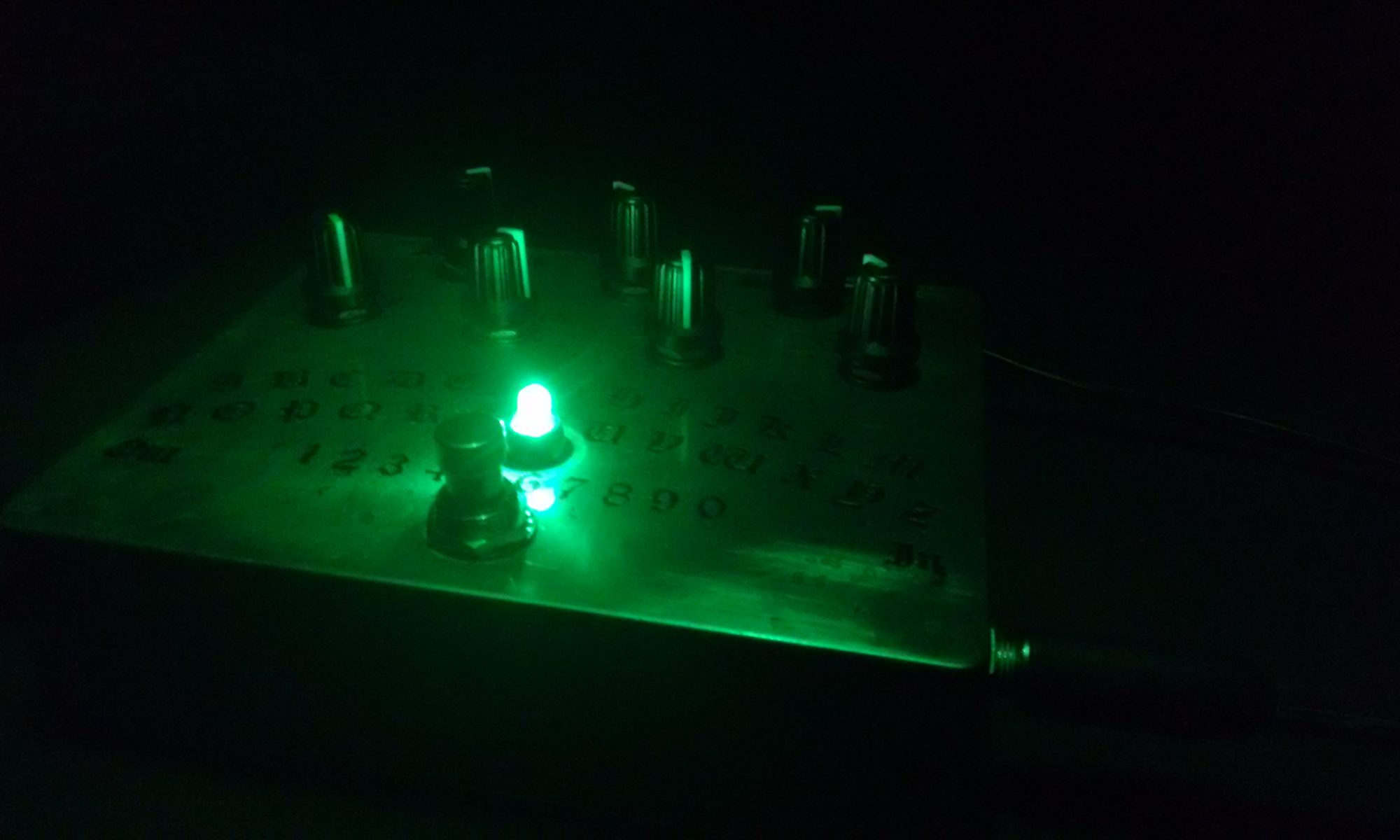
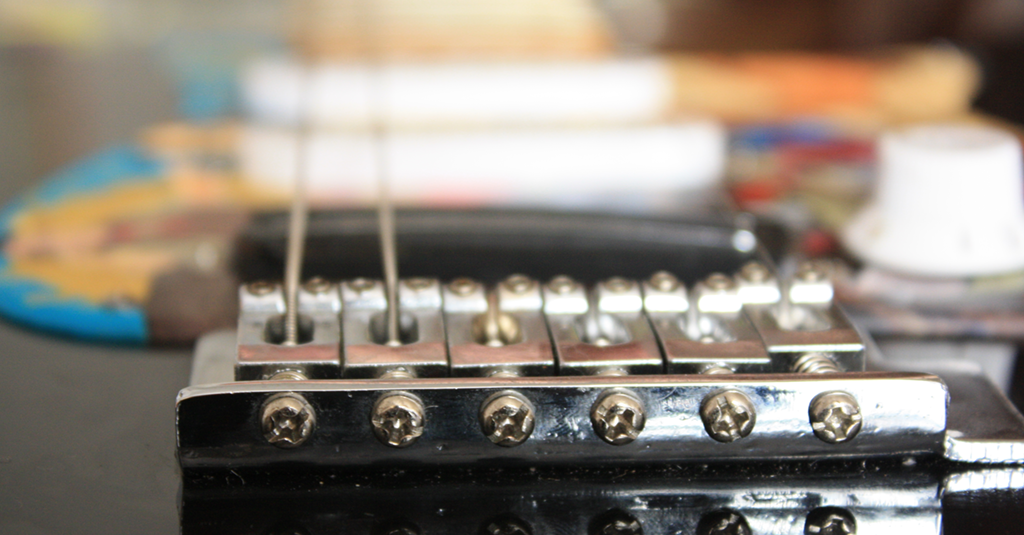

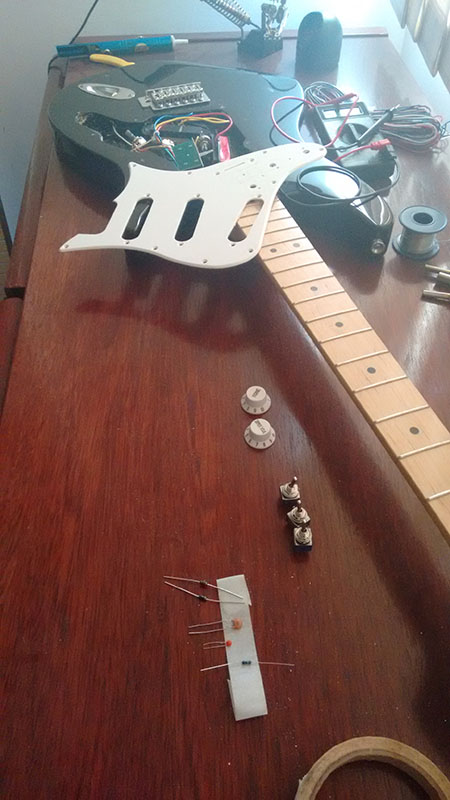

 First try charging your batteries two or three times, if they still don’t charge up, you can check with your multimeter in the dc voltage setting. You should get a value like 0 volts, but I read somewhere that some chargers start charging after some threshold, so you may read something below 0.8 volts.
First try charging your batteries two or three times, if they still don’t charge up, you can check with your multimeter in the dc voltage setting. You should get a value like 0 volts, but I read somewhere that some chargers start charging after some threshold, so you may read something below 0.8 volts.